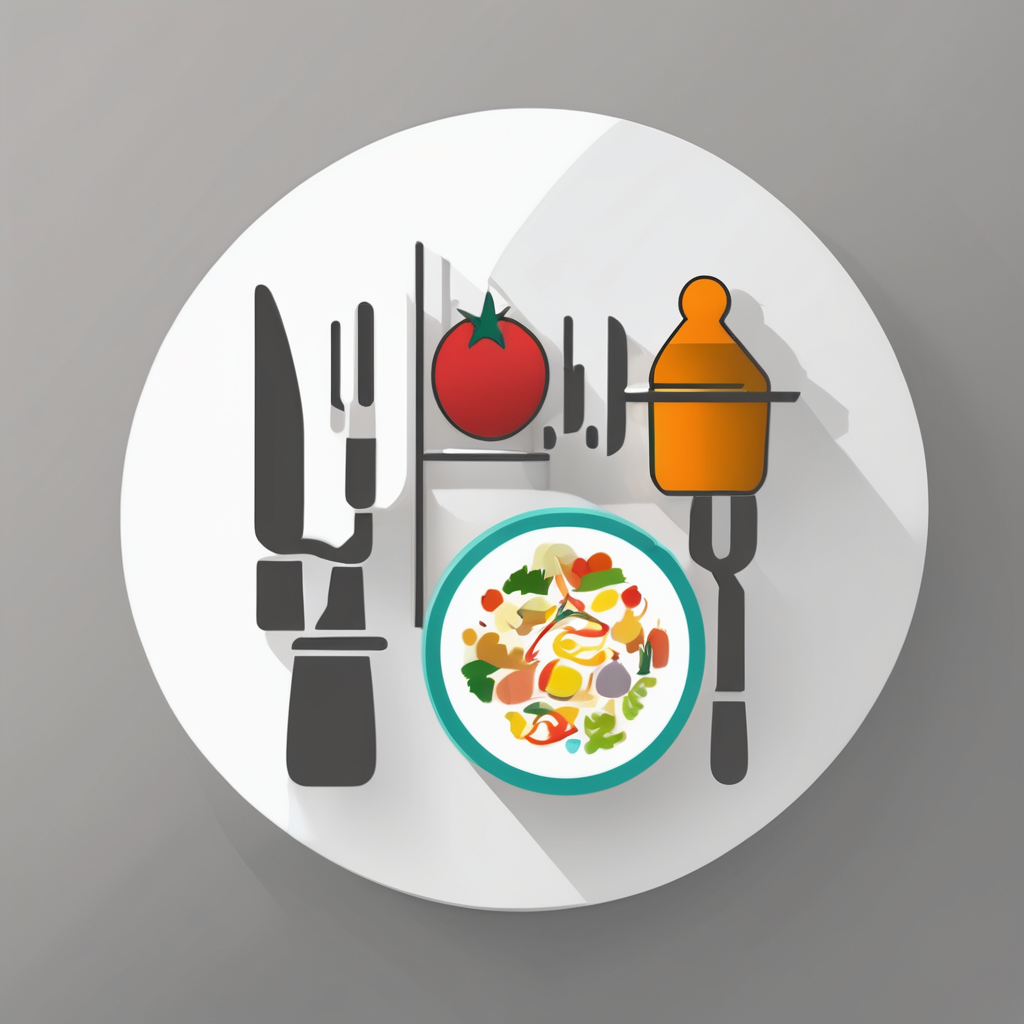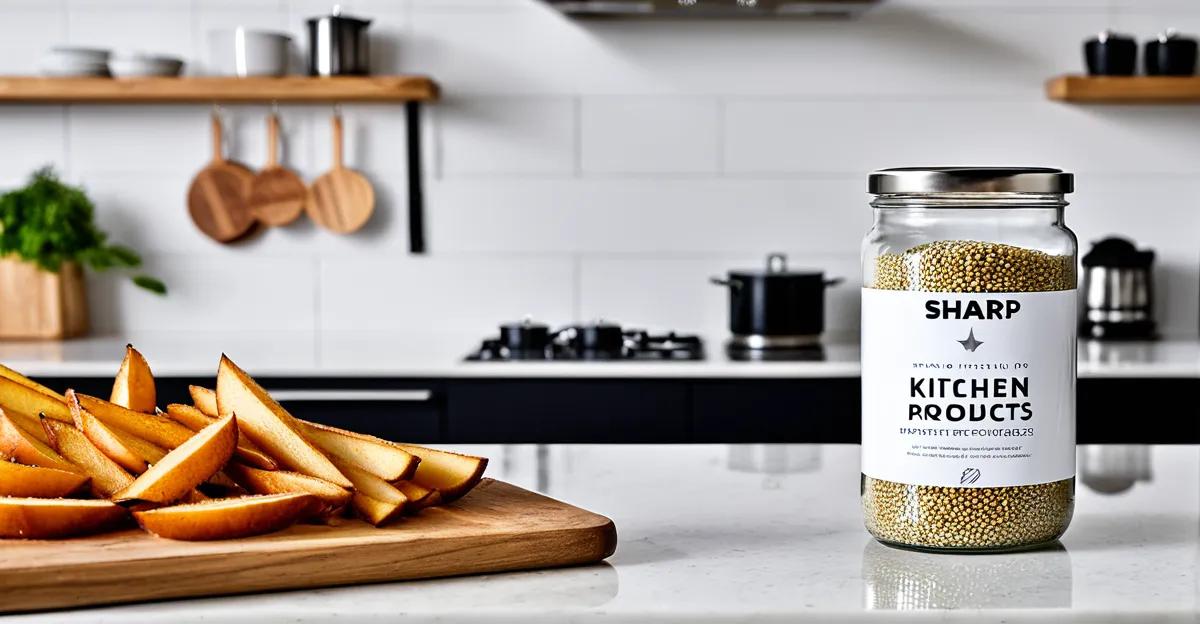Comparing UK Kitchen Products to Global Counterparts
When assessing UK kitchen products against major international brands, several key factors come into focus: quality, performance, durability, and adherence to global kitchen product standards. UK kitchenware often emphasizes robust build quality and practical design, tailored to local cooking habits and consumer preferences. However, international kitchenware comparison reveals varied strengths; for instance, some European brands prioritize innovative technology, while Asian counterparts may excel in material science and ergonomic features.
Regarding performance, UK kitchen products typically achieve reliable results across everyday tasks like chopping, mixing, and baking. In durability tests, UK manufacturers often meet or exceed global kitchen product standards, ensuring longevity and consistent use without frequent replacement. This benchmarking informs consumers about the value and resilience of domestic options versus imports, highlighting that UK kitchenware holds its own amid evolving international benchmarks.
Also to see : Discover the groundbreaking uk kitchen gadgets transforming home cooking forever
Understanding these comparisons helps consumers make informed decisions, balancing tradition with innovation. For those exploring options beyond local markets, considering such differences is crucial to selecting kitchenware that suits specific cooking styles and long-term needs.
Quality and Manufacturing Standards
Understanding kitchen product quality requires a clear comparison between British manufacturing standards and international benchmarks. The UK is known for rigorous safety regulations and compliance protocols which often exceed global minimum requirements, ensuring products are both reliable and safe for consumers.
Also to discover : Discover why uk kitchen essentials are perfect for gourmet cooking excellence
British manufacturing standards emphasize durable materials and precise craftsmanship. For example, steel or ceramic components used in kitchen products must pass strict tests for resistance to corrosion and heat. This contrasts with some international standards, where material quality may vary more broadly, thus affecting long-term product performance.
Certifications like BS EN ISO 9001 highlight adherence to quality management systems, while additional accreditations focus specifically on safety and environmental impact. These rigorous evaluations guarantee that kitchen products meet consistent criteria before reaching the market.
Consumers benefit from these standards through enhanced product lifespan and safer kitchen environments. When choosing kitchen products, paying attention to certifications rooted in British manufacturing standards can offer peace of mind regarding both quality and safety.
Performance and User Experience
In evaluating kitchen product performance, expert reviews reveal a comprehensive picture drawn from rigorous product testing. These tests assess durability, efficiency, and practical functionality, reflecting real-world usage scenarios. Users often report how well the product adapts to daily kitchen demands, providing insight into its reliability over time.
User reviews from the UK and abroad consistently highlight certain advantages. Many UK consumers appreciate intuitive controls and compact designs, which fit well into smaller kitchen spaces typical in the region. Additionally, energy efficiency rates and ease of cleaning rank highly in positive feedback, underscoring valued features that enhance convenience.
However, challenges also emerge. Some kitchen products exhibit limitations with power output or noise levels during operation, potentially impacting overall user satisfaction. In real-world usage, inconsistencies in product lifespan or component wear are occasionally reported, indicating areas where improvements could elevate performance further.
By combining expert testing data with diverse user experiences, a balanced understanding of product strengths and weaknesses arises, helping consumers make informed choices fitting their particular kitchen needs and lifestyles. This dual insight ensures evaluations go beyond theory into practical, everyday relevance.
Durability and Longevity
When assessing kitchen product durability, understanding the product lifespan is essential. Kitchenware designed for the UK market often undergoes rigorous durability testing to ensure it withstands frequent use. Comparatively, global kitchen products may vary in the robustness of their materials and manufacturing processes, which impacts their longevity. For example, UK products frequently feature stainless steel components known for corrosion resistance, prolonging their operational life.
Maintenance and repair requirements significantly affect the overall reliability of kitchenware. UK-manufactured items often come with accessible replacement parts, allowing for easier repairs and extended usability. In contrast, some international brands may lack this level of support, resulting in shorter practical lifespans despite initial durability claims.
Warranty and customer support also play a role in determining product reliability. Many UK kitchenware brands offer comprehensive warranties coupled with responsive customer service, providing reassurance about long-term performance. This combination of durable construction, ease of maintenance, and solid warranty backs the reputation of UK kitchen products as reliable investments for daily use in the culinary environment.
Price, Value, and Sustainability
When evaluating kitchen product price, consumers often find discrepancies between UK and international markets. Prices in the UK may appear higher due to import taxes and distribution costs, while some abroad offer more competitive pricing. However, focusing solely on cost can be misleading without considering value for money. A product’s durability, functionality, and design often justify a higher initial investment.
Sustainability is increasingly vital in kitchenware choices. Sustainable kitchenware combines durability with materials that reduce environmental impact, such as bamboo, recycled metals, or biodegradable plastics. Many brands now incorporate eco-friendly credentials, adhering to strict environmental standards and reducing waste through responsible manufacturing.
Consumers seeking value should ask: Does the product last? Is it repairable? Does it avoid harmful chemicals? Choosing items aligned with these questions enhances long-term savings and supports sustainability goals simultaneously. By focusing on these factors, buyers secure value for money while contributing to a healthier planet.
Innovation and Design
Kitchenware innovation today is shaped by advances in technology and a focus on user-friendly features. Smart appliances with intuitive controls and energy efficiency have become central. Touchscreen interfaces and voice commands, for example, enhance convenience without complicating modern kitchen tasks. These elements align closely with evolving needs seen in modern kitchen design, where seamless integration and space-saving solutions are key.
In the UK, kitchen trends reflect a blend of tradition and innovation. British kitchen trends emphasize both functionality and style, often incorporating sleek materials like stainless steel and matte finishes alongside classic wood tones. This fusion appeals to homeowners seeking a blend of heritage and contemporary flair.
Cultural influences also play a role. British kitchens increasingly adopt Scandinavian minimalism principles, prioritizing clean lines and clutter-free environments. International breakthroughs in kitchenware, such as AI-assisted cooking and modular designs, inspire UK designers but are adapted to local tastes and practicalities.
By focusing on these aspects, kitchenware innovation continues to evolve, mirroring both global progress and distinct British preferences, making the modern kitchen a dynamic space for efficiency and style.
Global Rankings and Final Assessment
Insights into international kitchenware standings
The kitchenware global ranking reveals key insights about how UK kitchen products measure up against international competitors. These evaluations consider durability, design, and innovation, providing a comprehensive view of the UK’s position on the world stage.
Data-driven ranking outcomes highlight the UK’s strong suit in producing best kitchen products that combine functionality with aesthetic appeal. However, some gaps persist in areas such as smart technology integration and material sustainability, where global leaders excel.
The international kitchenware evaluation identifies rising markets and benchmarks UK items accordingly. For instance, several UK brands outperform in craftsmanship but trail behind in eco-friendly certifications, a critical factor influencing purchasing decisions worldwide.
This final assessment encourages continued innovation and adaptation, striking a balance between tradition and technological advancement. Leveraging these insights can guide manufacturers toward enhancing product offerings, ultimately climbing higher in the kitchenware global ranking and securing a stronger foothold among the best kitchen products globally.

